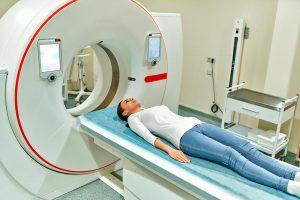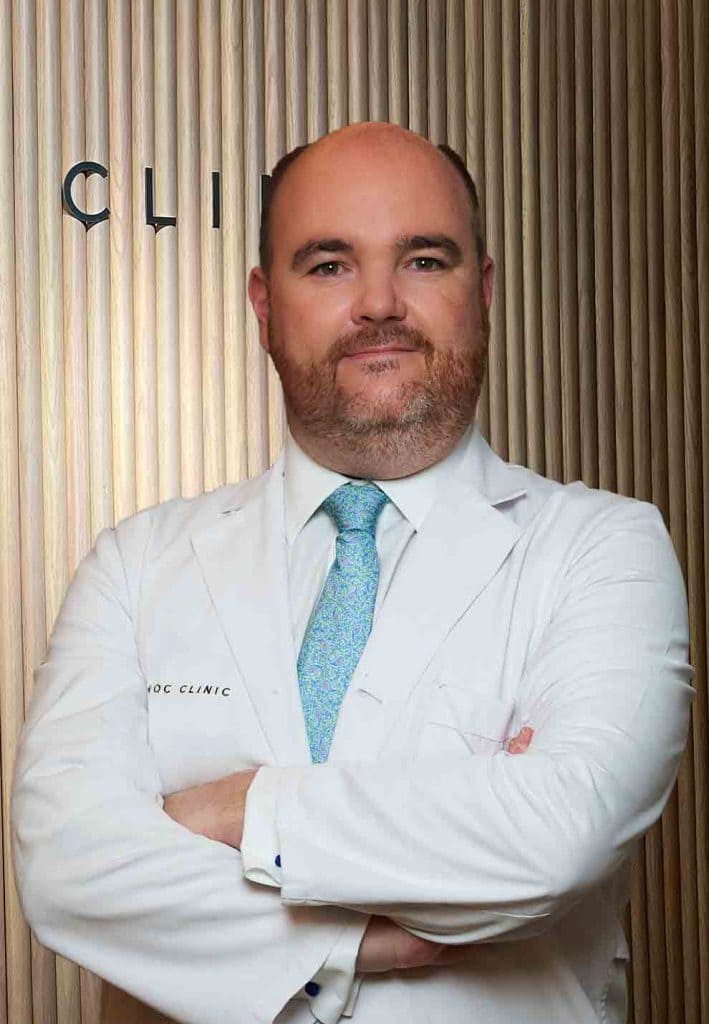Diagnosis Kidney Stones
Performs a good diagnosis of kidney stones with the latest technology and the most advanced research.
Tests to detect whether or not there are kidney stones, what size they are and where they are located.
- Super-specialized urologists
- Personalized treatment
- Minimally invasive approach
- More than 16,000 patients successfully treated
Diagnosis
The diagnosis of kidney stones is carried out through a series of tests. Nowadays, when a person arrives at the Emergency Room with renal colic, with intense stabbing lumbar pain, it is usual to perform a blood analysis, a urine analysis, an abdominal X-ray and, probably, an ultrasound, at least in an acute stage of colic.
With these tests it is possible to detect whether there are stones or not, what size they are and where they are located. If this is not enough and the patient has some complication or the problem is not determined, it would be advisable to request a CAT scan, since, currently and according to European guidelines, it is agreed that this is the most specific test to determine whether or not there is lithiasis, where it is located, what size it is and what its composition is.
In this sense, when the patient is referred to the office, i.e., without being in an emergency department context, a detailed study is carried out, starting with the clinical history and then a study based on imaging and laboratory tests. When studying a patient with urinary lithiasis, a wide variety of imaging tests are available:

- Simple abdominal radiography.
- Urological ultrasound.
- Computerized axial tomography.
- Intravenous urography.
- Magnetic Resonance Imaging.
In addition to these, a metabolic study is usually requested, which are blood and urine tests a little more specific, trying to find any pathology with respect to the hormones that regulate calcium and vitamin D.
The indication for each of these tests should be assessed by the specialist, not only for the correct diagnosis, but also to plan the most appropriate treatment.
They ask us in the Consultation
What is the best water to drink if I have kidney stones?
Many studies have been done on this. What they have been able to say is that, if the water you drink from the tap is good, with little calcification, there would be no problem in terms of the creation of stones. If it is mineral water, which is bought in supermarkets, it is important to look at the label and buy the one with the lowest sodium concentration.
Can the kidney be lost due to stones?
The loss of the renal unit can occur in those patients with stones that show few or no symptoms, since they grow silently and become large.
Is it possible to exercise with kidney stones?
A person with kidney stones can do physical exercise and should do so, since it leads to an improvement in metabolism and is known to promote the elimination of solutes. It is true that physical activity will dehydrate more, especially if it is summer, having to hydrate more than usual because of the fluid lost in sports.
How is the postoperative period after an operation to treat lithiasis?
The postoperative period will depend on the type of intervention performed. If it has been treated with lithotripsy, the patient will not need hospitalization, since it is an outpatient procedure. However, if endoscopic surgery was performed, the patient is usually hospitalized for at least one day with a double J catheter in place to protect the kidney.
Team of the Kidney Stone unit
Newsof ROC Clinic in Kidney Stones
Research
Comparative study between Holmium laser and superpulsed Thulium laser for the treatment of renal lithiasis.


 +34 912 627 104
+34 912 627 104 Contact
Contact









